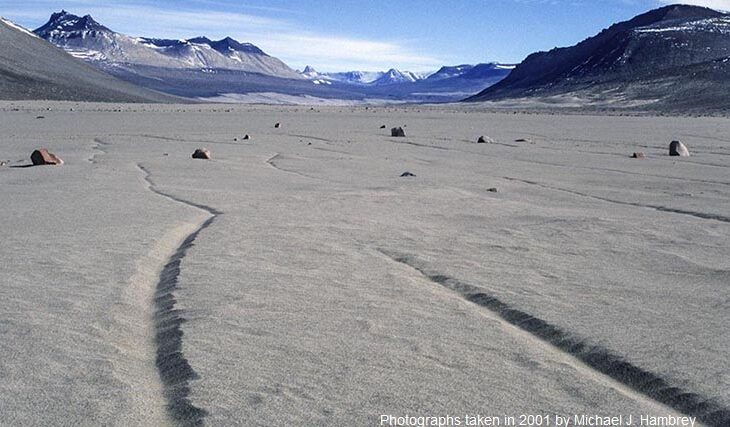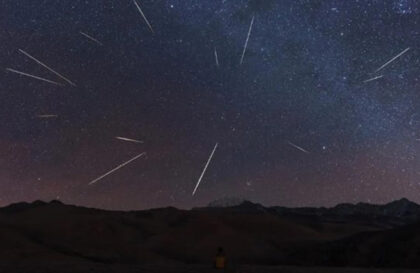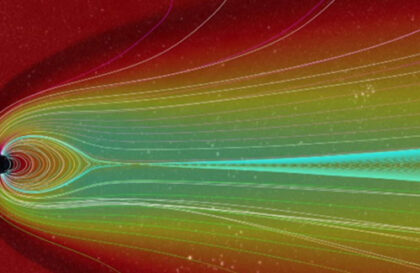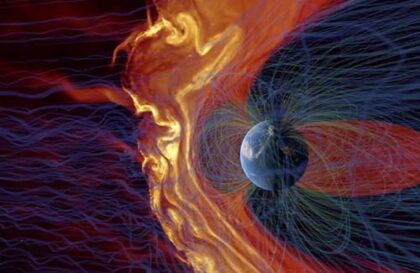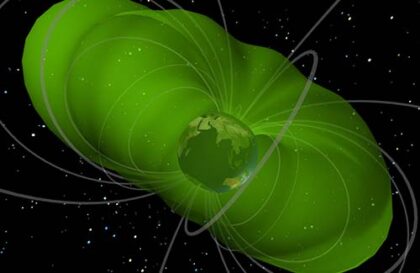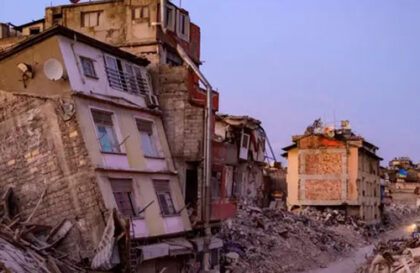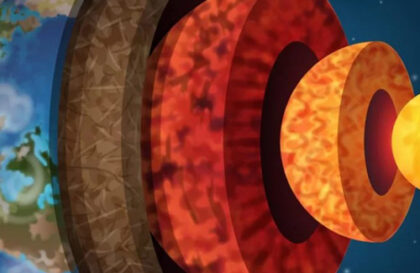According to NASA, one of the driest regions on Earth is the Atacama Desert in Chile, where some areas receive only 1 to 3 millimeters (0.04 to 0.1 inches) of precipitation per year. This arid region survived without significant rainfall for up to 401 years, spanning the period from 1570 to 1971.
Interestingly, the Atacama Desert, although considered very arid, has the second longest rain-free period on our planet. There is a place on Earth where there has been no rainfall for 2 million years.
Dry valleys of Antarctica
In Antarctica, the driest continent, the cause of dryness is due to cold air, which carries less moisture. Despite the presence of snow on the coasts of the continent up to several meters per year, there is very little precipitation in the interior of the continent, sometimes only a few centimeters per year. This makes Antarctica the driest place in the world.
If you travel deep into Antarctica from the Ross Sea, you can reach the so-called “dry valleys” (Victoria, Wright, and Taylor), where the fastest winds on Earth blow, reaching speeds of 320 km/h (200 mph). These winds cause intense evaporation of moisture, which has kept the valleys free of ice and snow for about 8 million years. Some areas have not even had rainfall for about 2 million years.
Despite the dryness, water is still present in the valleys in the form of very salty lakes. The largest of these lakes even offers diving. There, at the bottom, lies the mummified corpse of a seal, which mysteriously arrived from the coast.
The Dry Valleys (Victoria, Wright, and Taylor) cover a small area of 4,800 square meters (1,900 sq mi), just 0.03% of the continent, but are unique places where temperatures can drop to -50°C and four months of the year polar night.
Why is the Dry Valleys so dry?
The Dry Valleys in Antarctica remain free of snow and rain thanks to the Transantarctic Mountains, which stop moisture from the south and protect the Valleys from ice flows. Strong Antarctic winds blow away the snow, and the heated airflow causes moisture to evaporate, leaving the area dry.
Credit рhoto: Craig Cary
The climate in this region is so harsh that life here is limited, even bacteria are found in small quantities. This makes the Valleys analogous to the Martian environment and suitable for testing Mars rovers. NASA was testing Viking spacecraft in the Valleys, designed to explore the “red planet”.
Although dry, the Dry Valleys contain bodies of water frozen in ice where algae and bacteria thrive. In damp places, bacteria are found, as well as anaerobic organisms that feed on sulfur and iron.
Why don’t you ever get here?
Tourism in Antarctica is very limited. Excursions to the South Pole and island cruises are available for high fees, but walking to the dry valleys, some 50 kilometers away, is nearly impossible. If you have a private jet or helicopter, refueling in Chile or New Zealand becomes an integral part of the trip.
Pole of inaccessibility
1000 kilometers from the Antarctic deserts is the “pole of inaccessibility”, the farthest point from the continent’s shores. It is also home to an abandoned Soviet polar station with a bust of Lenin, established by Soviet polar explorers in 1958 but closed due to its uselessness after just two weeks. English researchers Rory Sweet, Rupert Lognsdon, and Henry Cookson first reached it on foot using kites in 2007.
Banner image: Photographs taken in 2001 by Michael J. Hambrey
Image credit:
https://www.swisseduc.chhttps
https://lternet.edu
https://www.nzherald.co.nz
